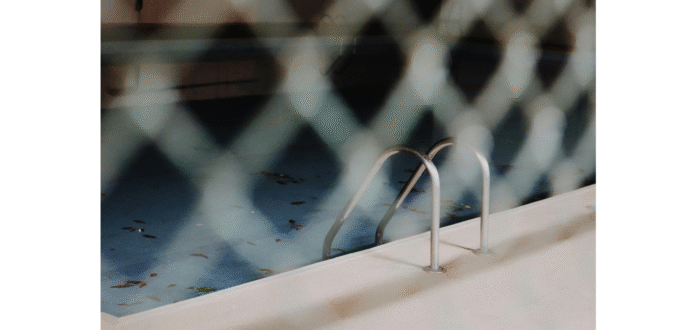"From Pools to Progress: How Community Action Can Combat the Poison of Division"
The Legacy of Public Swimming Pools: A Reflection on Community, Segregation, and Modern Challenges
In the early 20th century, public swimming pools emerged as vital community hubs across the United States. These facilities were not merely places for recreation; they served as essential public goods that fostered social interaction and promoted health benefits. Millions of Americans flocked to these pools, which became integral to community life, offering a respite from the heat and a space for socializing.
However, the golden age of public swimming pools faced a significant setback in the mid-20th century. In response to desegregation orders mandating that Black individuals be granted access to these facilities, many local and state governments opted to close hundreds of pools rather than integrate them. This decision, while not the most egregious act of racial segregation, exemplified the destructive logic of policies driven by resentment and ignorance. The closure of these pools not only deprived communities of recreational spaces but also highlighted the broader societal harms inflicted by segregationist policies.
The Current Landscape: A Parallel to Historical Injustices
Fast forward to today, and the echoes of past injustices resonate in contemporary public policy. Recent actions by the current administration have raised concerns about the dismantling of public health services, the cancellation of crucial investment projects, and the erosion of environmental regulations. Critics argue that these moves are detrimental not only to marginalized communities but to society as a whole. The ramifications of such policies are profound, as they undermine universal rights and the foundational principles of democracy.
The ongoing climate crisis further complicates this landscape. Efforts to address the health risks associated with climate change—such as the development of clean energy, the rollout of electric school buses, and community preparedness for extreme weather events—are increasingly seen as public goods that benefit everyone. However, defunding these initiatives can lead to cascading harms that affect all citizens, regardless of their political affiliations.
Community Resilience: A Beacon of Hope
Despite these challenges, there are glimmers of hope. Across the nation, communities are coming together to forge new paths forward. Organizations like La Clinica de la Raza are integrating climate action into their missions, serving communities that face overlapping risks. In Chicago, tree and greenspace initiatives are being implemented to ensure that all residents can enjoy the cooling effects and mental health benefits of green spaces. Maryland stands out with one of the most ambitious climate action plans in the country, projected to yield billions in public health and economic benefits by prioritizing energy efficiency, environmental justice, and educational equity.
These grassroots movements are not isolated incidents; they represent a broader blueprint for responding to federal disinvestment. Everyday citizens are mobilizing to demand due process and the provision of essential services that ensure public safety and welfare.
The Role of Organizations and Individuals
Organizations like ecoAmerica are stepping up to support these local initiatives. By providing resources and connecting individuals to existing networks, they aim to amplify collective action. The launch of new tools for trained ambassadors highlights the importance of community engagement through various channels, including media outreach and social media campaigns.
As we navigate this stressful moment in history, it is crucial to recognize that collective action and unified voices are the most effective responses to the challenges we face. The legacy of public swimming pools serves as a reminder of the importance of community spaces and the need for inclusive policies that benefit everyone.
Conclusion
The story of public swimming pools in the United States is a poignant reminder of the complexities of community, segregation, and the ongoing struggle for equity. As we confront modern challenges, it is imperative to learn from the past and work together to build resilient communities that prioritize health, safety, and environmental justice for all. The path forward lies in collective action, community engagement, and a commitment to ensuring that public goods remain accessible to everyone.
